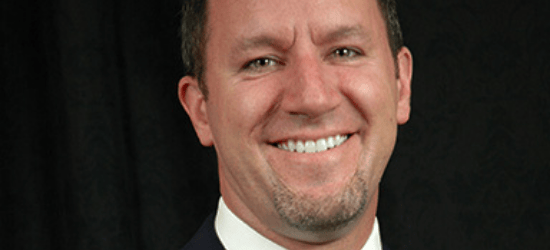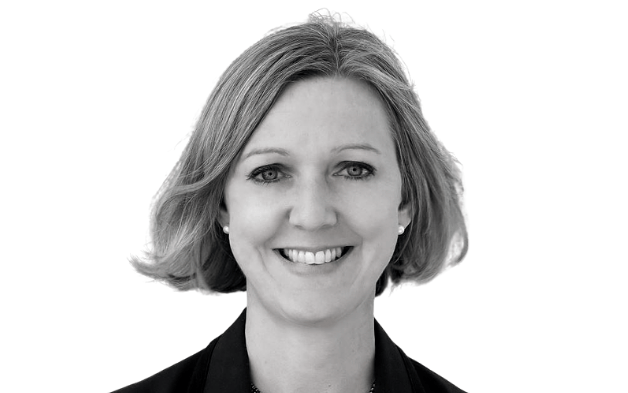Indiana PRS’ five-year asset liability study has resulted in a newly approved target rate of return that CIO Scott Davis dubs one of the most realistic in the country, and a radically different asset allocation. Next on the agenda is a research project examining the fund’s sources of alpha which could have big implications for how it works with managers.
The $37 billion Indiana Public Retirement System completed a COVID-delayed five-year asset liability study in May resulting in a new asset allocation that assigns more assets to “everything outside of equities” according to CIO, Scott Davis.
The new asset allocation is more streamlined and simple, adding layers of diversification aligned with a liability-focused agenda.
“One thing we really focused on was how the assets integrate with the liability side,” Davis says. “We looked at what the ultimate objective is and not just an asset-only objective of hitting a return.”
This meant a lot of the asset allocation modelling centred around volatility and how that would impact employer contributions or a funding status.
“This allowed us to focus on the true risk you are taking on with the different portfolios,” he says.
This modelling combined with scenario analysis of different economic environments, with inputs and projections from a number of the fund’s managers and consultants, resulted in the asset allocation of 65 per cent to public assets, 25 per cent to private assets and 25 per cent to multi asset. It’s the first time the fund has transparently revealed its leverage by expressing its total exposures as 115 per cent.
Within the public assets 20 per cent is allocated to public equities, 20 per cent to fixed income, 15 per cent to inflation-linked, and 10 per cent to commodities.
While equities decreased slightly from 22 to 20 per cent, the fund also significantly increased its risk parity exposure which also contains equities, fixed income and commodities.
The allocation to risk parity, first appearing in the portfolio in 2012, has been doubled to 20 per cent, with an absolute return allocation of 5 per cent making up the multi-asset portfolio.
Davis says the risk parity portfolio – managed by Bridgewater, AQR and Panagora – has performed well for the fund and has achieved a couple of roles for the portfolio including inspiring a more balanced total portfolio allocation.
“The risk parity allocation started as a pilot program, to find the most diversified portfolio we could find,” he says. “With the rest of the portfolio outside of the risk parity allocation we have tried to get as close to balance as possible without leverage.”
Davis also points out it has been a difficult time for the strategy given the performance of equities, but it has proven that it adds value and provides a smoother ride.
In the absolute return portfolio, which has been halved to 5 per cent, the focus is on macro, technical trading strategies. Davis says the fund will still invest in those but with less managers and is working through which strategies “make most sense”.
The private assets allocation is divided between private equity, private credit and real assets with a dedicated allocation to infrastructure for the first time.
“This is a historic moment for the plan. We have so much confidence in this asset allocation going forward and the new target,” Davis says. “The board deserves a lot of credit for where we are.”
Alpha analysis
The next big project for the team is to analyse the various sources of alpha across all asset classes. The idea is alpha is unpacked across the various asset classes and viewed in a holistic sense so that the fund has access to the best alpha no matter where it sits in the portfolio. It will use a combination of Barra tools as well as some risk modelling on the private asset side by Aksia.
“We have done active versus passive analysis in our long-only portfolio in the past, but never comparing all alpha,” Davis says. “It could be that the result is we change where alpha lives, and what the structure of it is. For example, does it make more sense to have two unconstrained managers instead of 10 long-only active managers?”
Making cash work
All of the portfolio is managed by external managers with Davis looking to work closely with the managers in a strategic way.
An example of that is Parametric, which manages the fund’s cash overlay and helps it get some leverage in fixed income and equities.
“They are a real strategic partner and collaborate on what portfolios to build and how to manage our cash portfolio,” he says. “I’m really proud of the team and how we’re thinking about it.”
A few years ago Indiana PERS decided to maintain three-months of retirement payments as its cash allocation and use futures to overlay that. That was recently expanded to also include a 30 per cent drawdown buffer for margin calls in the cash overlay portfolio. So the fund has about $1 billion in cash.
“By having the overlay we have that money working for us. Our official allocation to cash is 0 per cent.”
The fund also looks at a more long-term approach to liquidity, particularly given a 25 per cent allocation to private assets.
“We look at what our five-year need is in terms of cash and we have about two times coverage today. So we are nowhere near having to sell assets, there is plenty of cushion.”



